By: Joe Holz, Director of Sales | Originally Posted: Feb. 10, 2016 | Updated: April 4, 2022
____________________________________________________________________________________________
When a body of water is described as eutrophic, that means it is considered old. However, it may have only been around for a few years. Conversely, oligotrophic lakes and ponds are considered young bodies of water, but they can be hundreds of years old. This discrepancy is a result of the amount of nutrients in the pond which overall impacts the pond aging process.
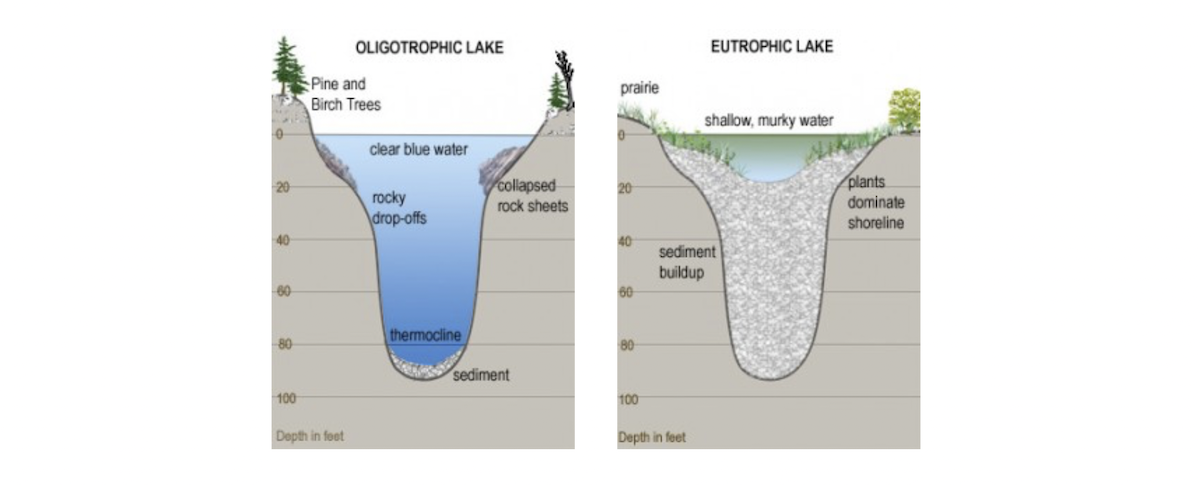
An overabundance of nutrients can cause a “young” pond or lake to age at an accelerated rate. These nutrients enter the body of water through point and non-point source pollution.
Point Source Pollution
Point source pollution is anything added directly to the water. This can be fertilizer, fish food, fish waste, wildlife waste, etc. Usually, this type of problem is easy to fix. Most of the time, stopping activities that add these nutrients to the pond will help tremendously.
Non-Point Source Pollution
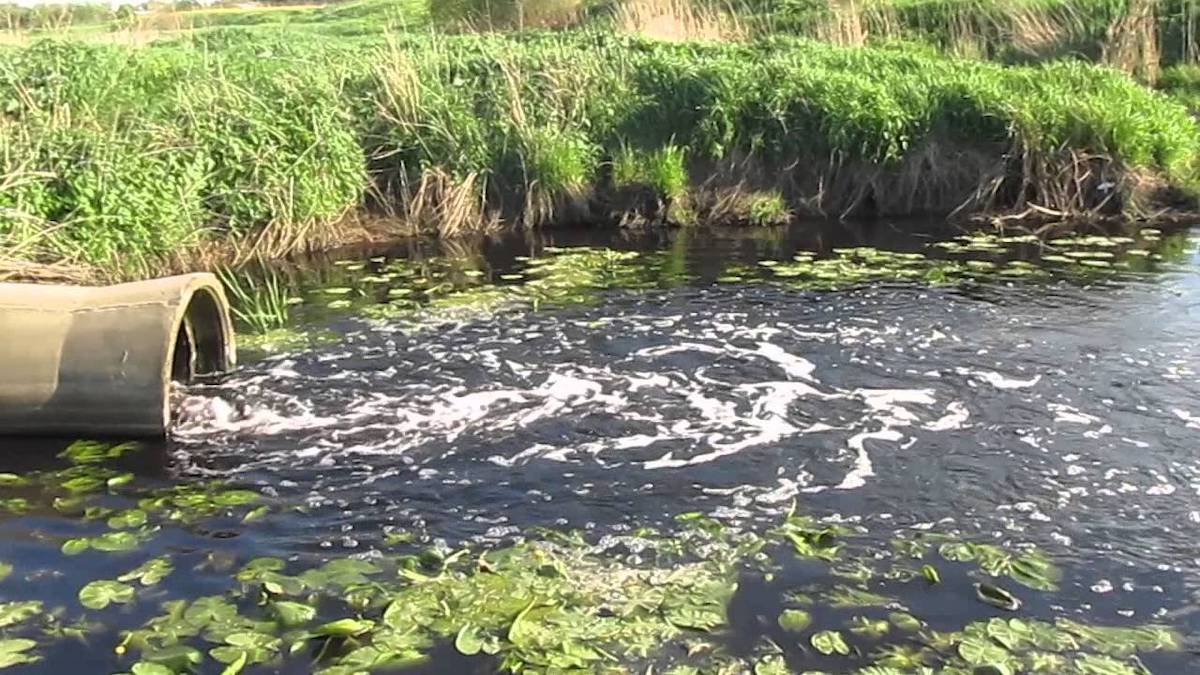
Non-point source pollution is anything added to the water from offsite. This can be runoff from fertilized lawns, cattle pastures, leaky sewers, septics, etc. Typically, non-point source pollution is a larger concern as it is more difficult to remedy. The best way to fix the problem is to keep the nutrients from entering the pond. This can be done by adding a buffer area that will use up the nutrients before they enter the pond. This creates a diversion of the runoff, so it doesn’t reach the water.
These added nutrients, whichever way they enter the pond, supply aquatic plants with more than enough fuel to grow rapidly. Not only can this make your pond or lake an eye sore, but it can also greatly contribute to the aging process when the plants start to die off. As they decompose, organic matter and soil begin to build up in the benthic zone or bottom of the pond causing it to turn eutrophic.
The overall aging process of a lake or pond takes a very long time. Although your body of water is destined to reach the end of its life cycle at some point, there are things that can be done to slow down the process, or even reverse it.
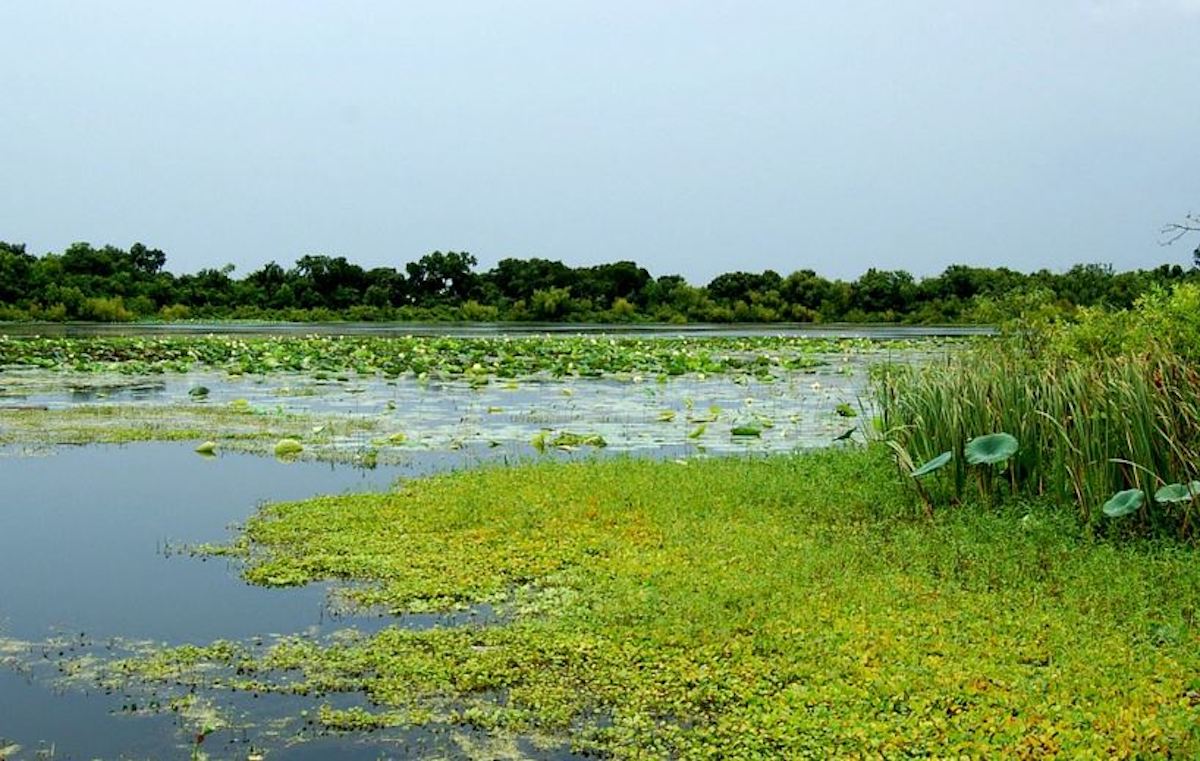
Dredging
Dredging is the process of physically removing the organic matter and soil from the pond or lake. By re-digging the pond, it removes many of the nutrients causing it to become younger.
This method is costly and a large undertaking. You will need heavy machinery, time, and money to accomplish, but it can successfully renew your pond.
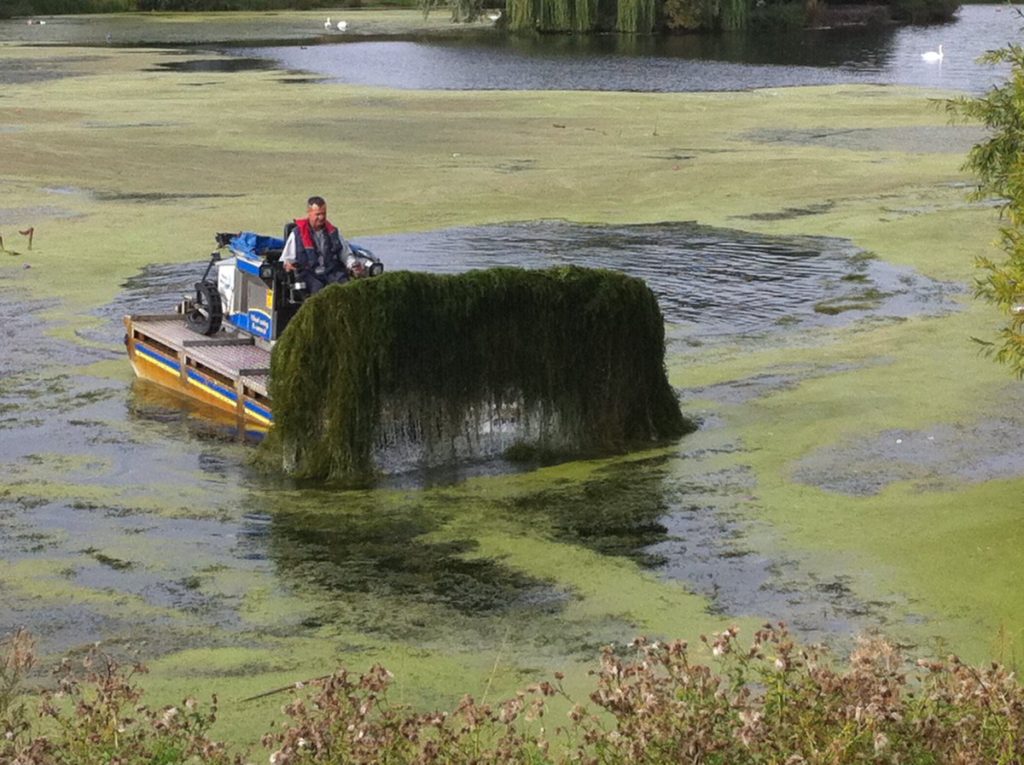
Remove Aquatic Plants
Another way to slow the process is by physical removing the aquatic plants before they get the chance to decompose. Cutting, raking, pulling, etc. are all ways you can remove the plants. It is essential that the weeds are completely removed and relocated far enough away that wind or rain do not wash them back into the water.
An overabundance of nutrients can cause a “young” pond or lake to age at an accelerated rate. These nutrients enter the body of water through point and non-point source pollution. Typically, this is a long-term project. You will put a lot of hours and effort into this approach, but over time you can successfully decelerate the aging process.
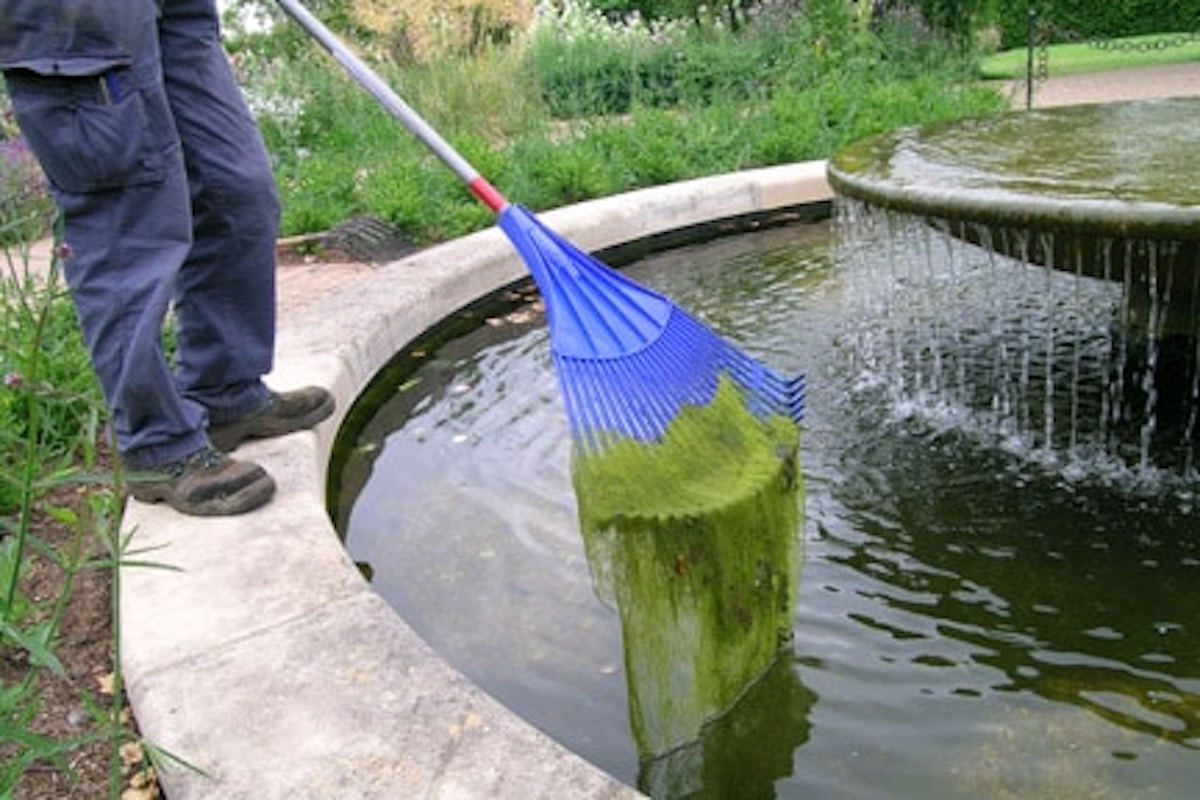
Aeration
The least intensive way to combat aging, as far as manual effort goes, is adding aeration, water agitation, and beneficial bacteria. An aeration device will increase the oxygen levels in your pond or lake. This added oxygen is essential for the fish and other organisms in the pond. In addition, it speeds up the decomposition process.
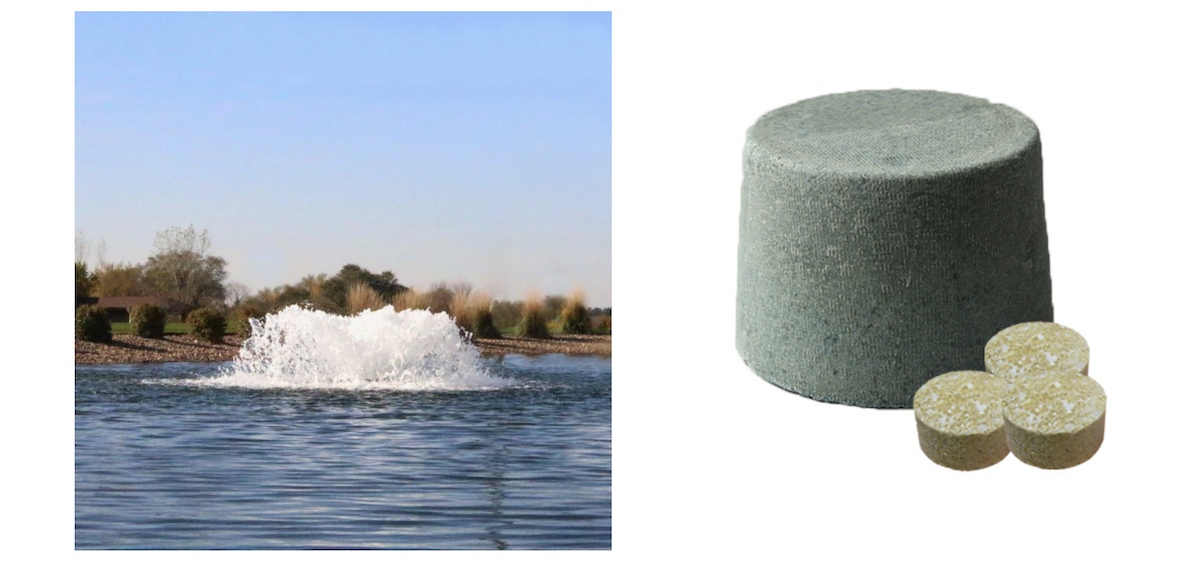
THE EFFECTS OF ADDING OXYGEN
With oxygen, the bacteria can decompose organic matter aerobically which is much faster than anaerobically, or without oxygen. This will gradually reduce the amount of sludge and muck on the bottom through bioaugmentation. Bioaugmentation is the process of turning organic sludge on the pond bottom into carbon dioxide and venting the carbon dioxide out of the water. A surface aerator will push high volumes of water into the air, aiding in the venting process by getting the water column mixed.
ADDED BENEFITS
The aeration and water movement will also help limit algae and plant growth, improving the overall aesthetic of the pond. The water agitation reduces the amount of sunlight that penetrates the water and the amount of stagnant water in the pond or lake, which plants and algae rely on.
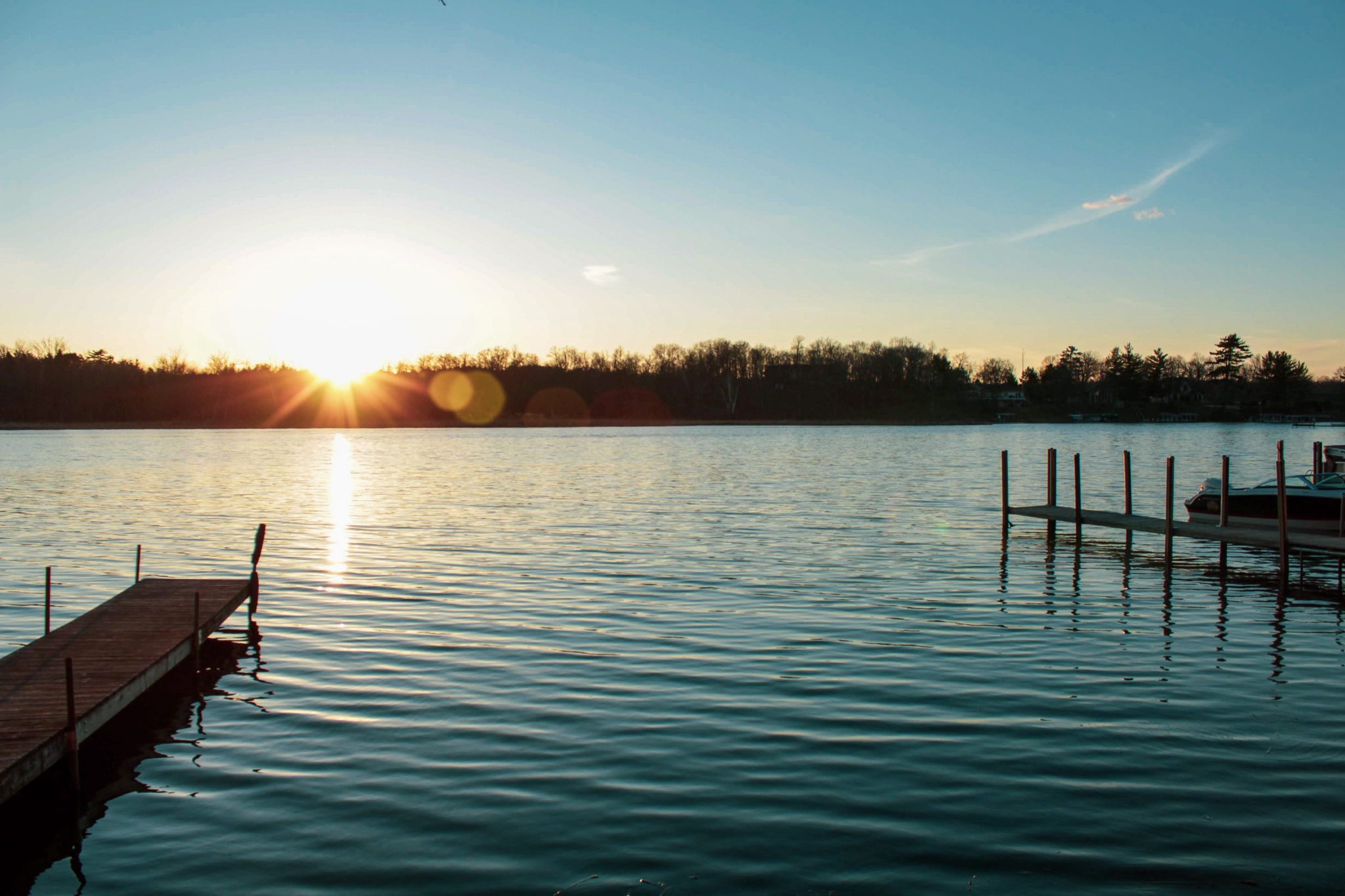
Aeration will be much more effective if the amount of incoming nutrients is limited, and the existing aquatic vegetation is removed. By employing these three tactics, you can successfully slow or reverse the aging process of your pond or lake. Additionally, you will be improving the aesthetic, enjoyment, and habitat for fish and wildlife.
Please email us or call (715)-262-4488 with any questions
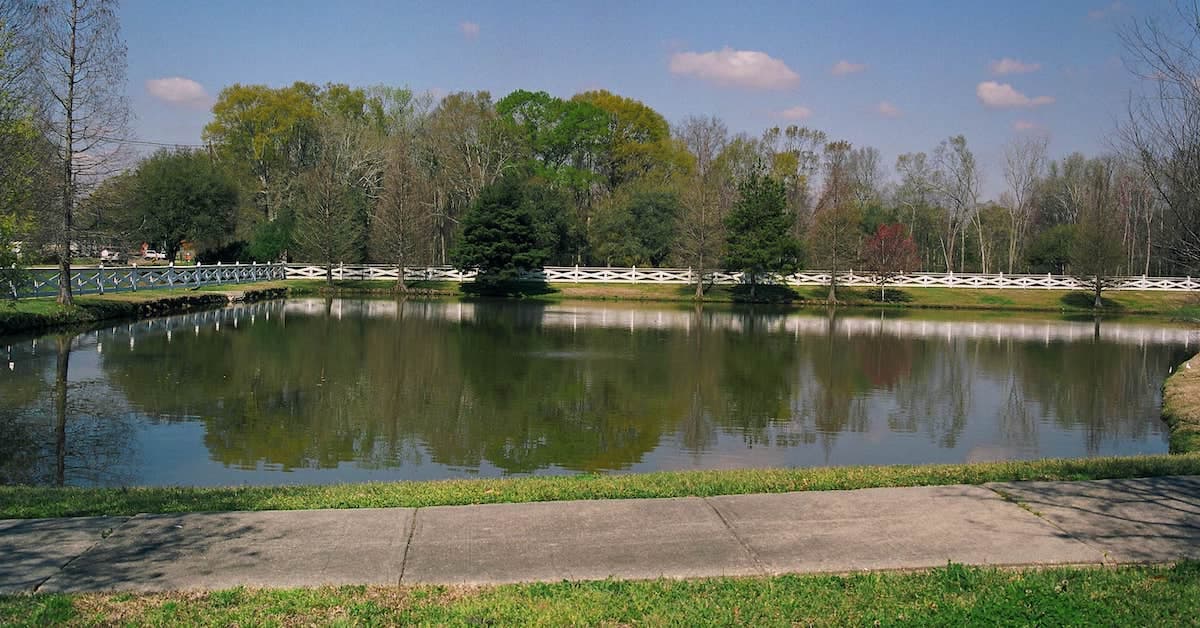 Common Aquatic Plant Treatments
Common Aquatic Plant Treatments
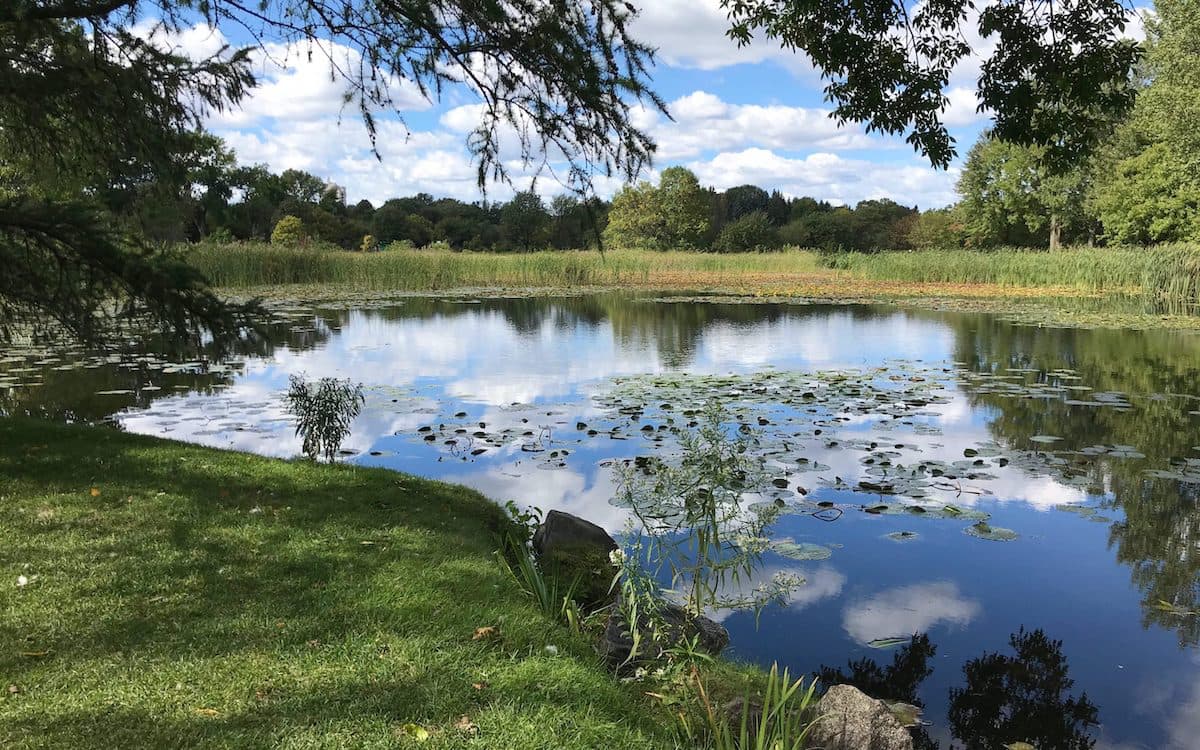 Ways to Prevent Nutrients and Erosion from Filling in Your Pond
Ways to Prevent Nutrients and Erosion from Filling in Your Pond
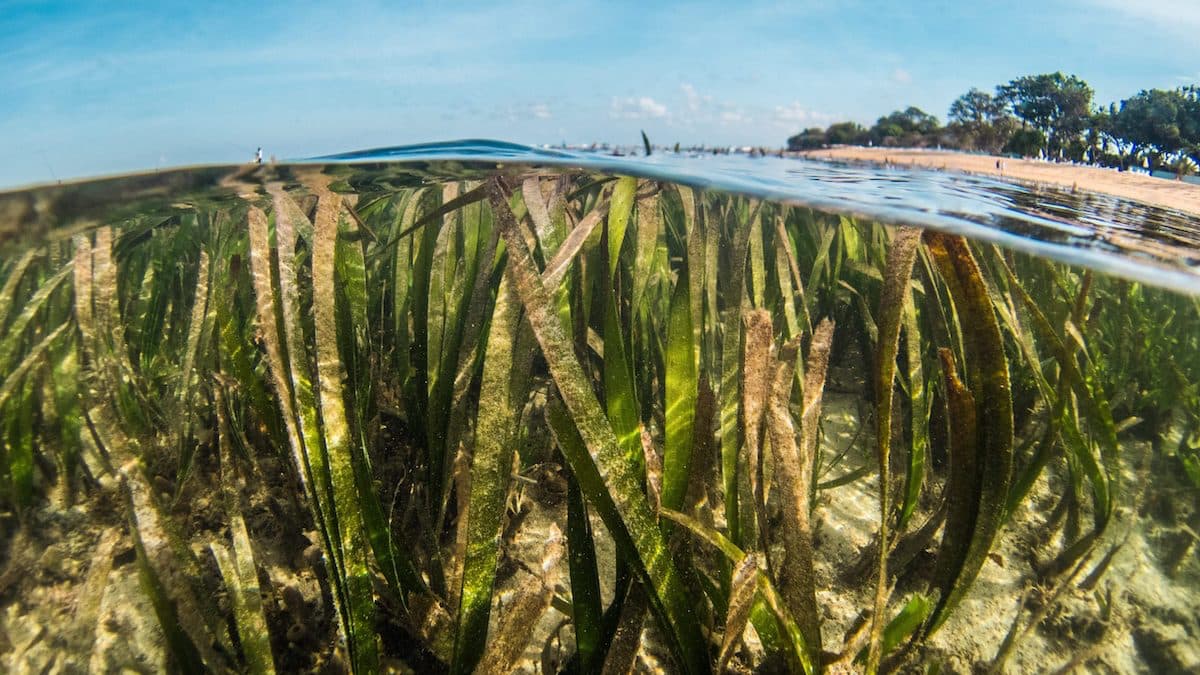 3 Types of Aquatic Plants to Watch for This Spring
3 Types of Aquatic Plants to Watch for This Spring